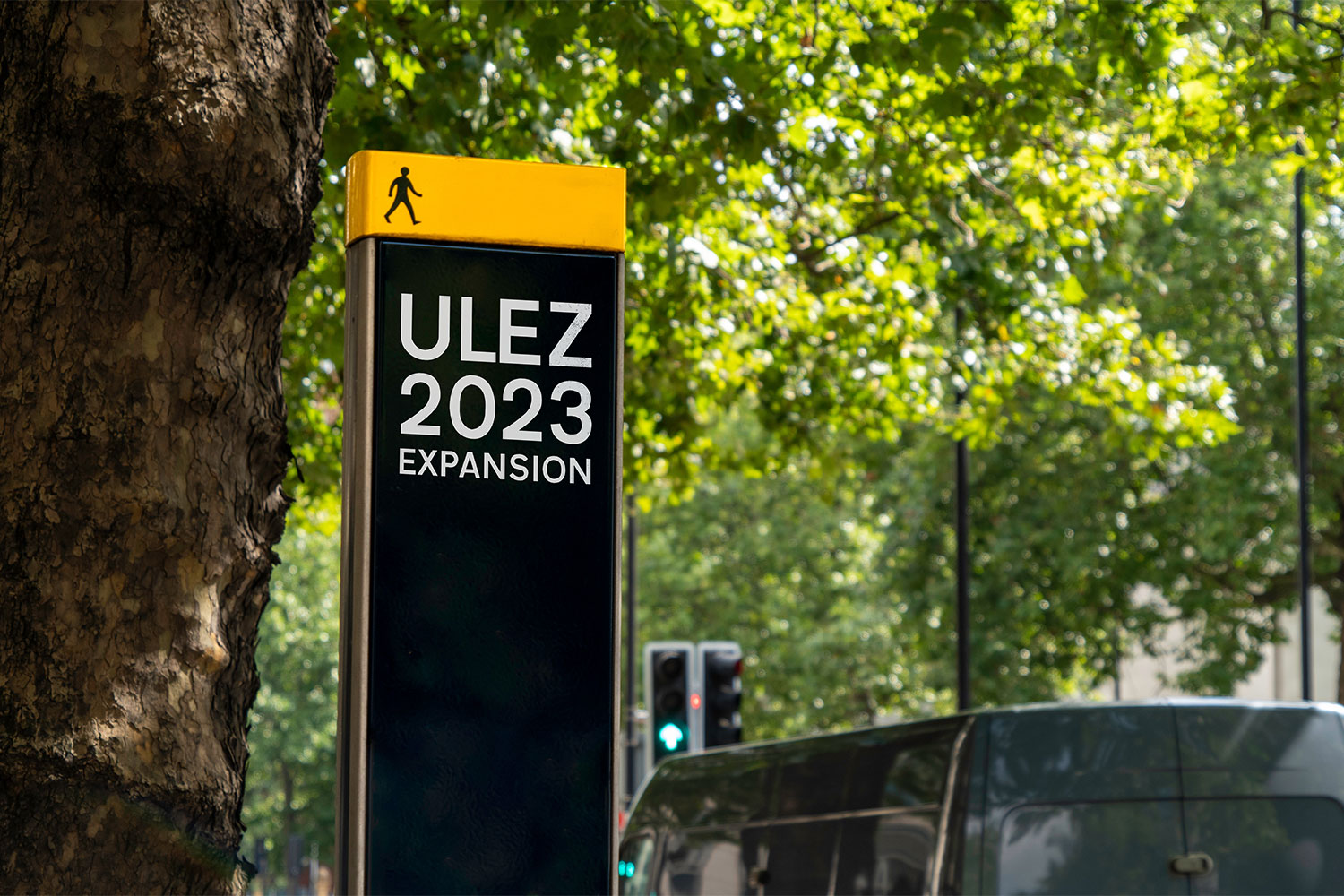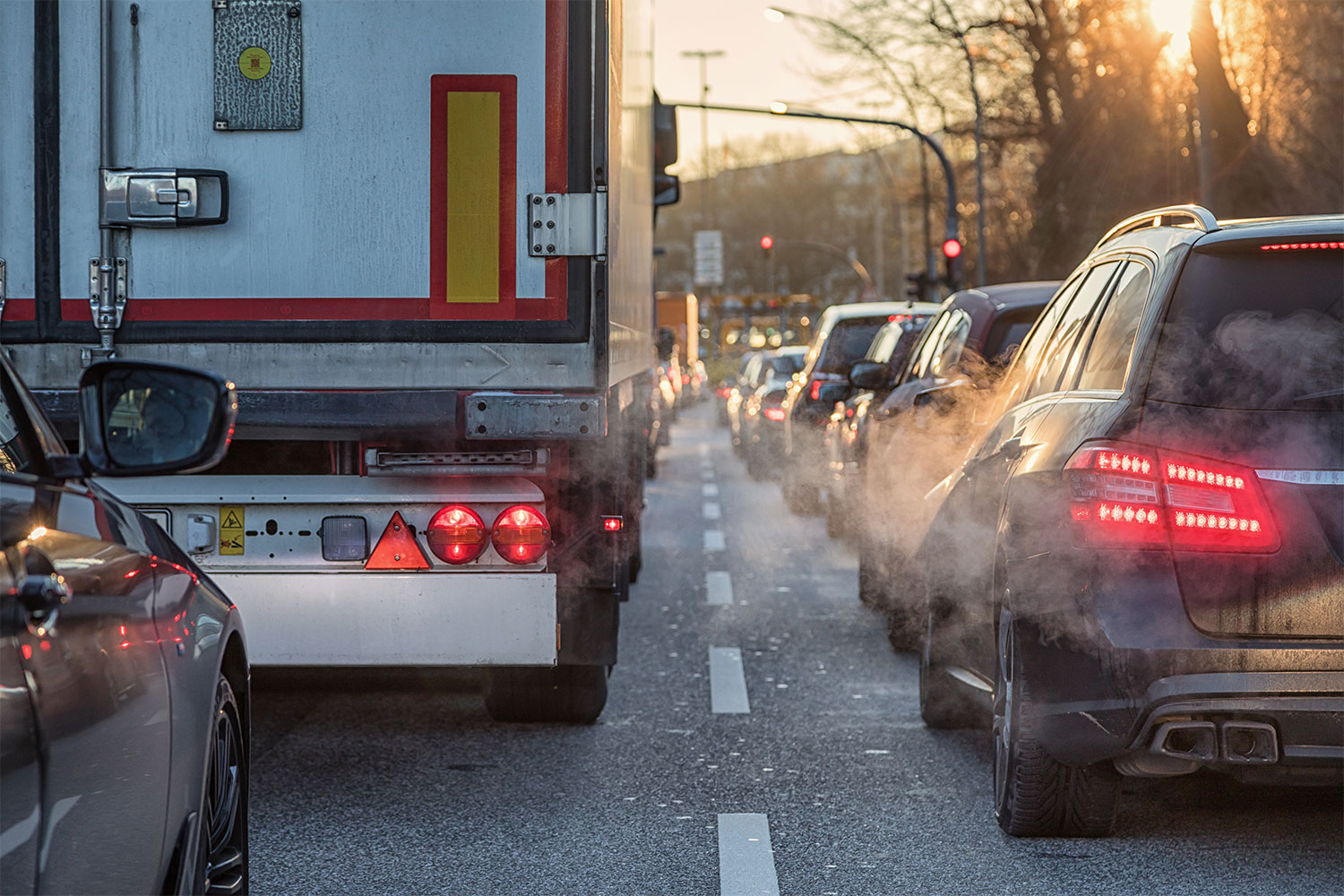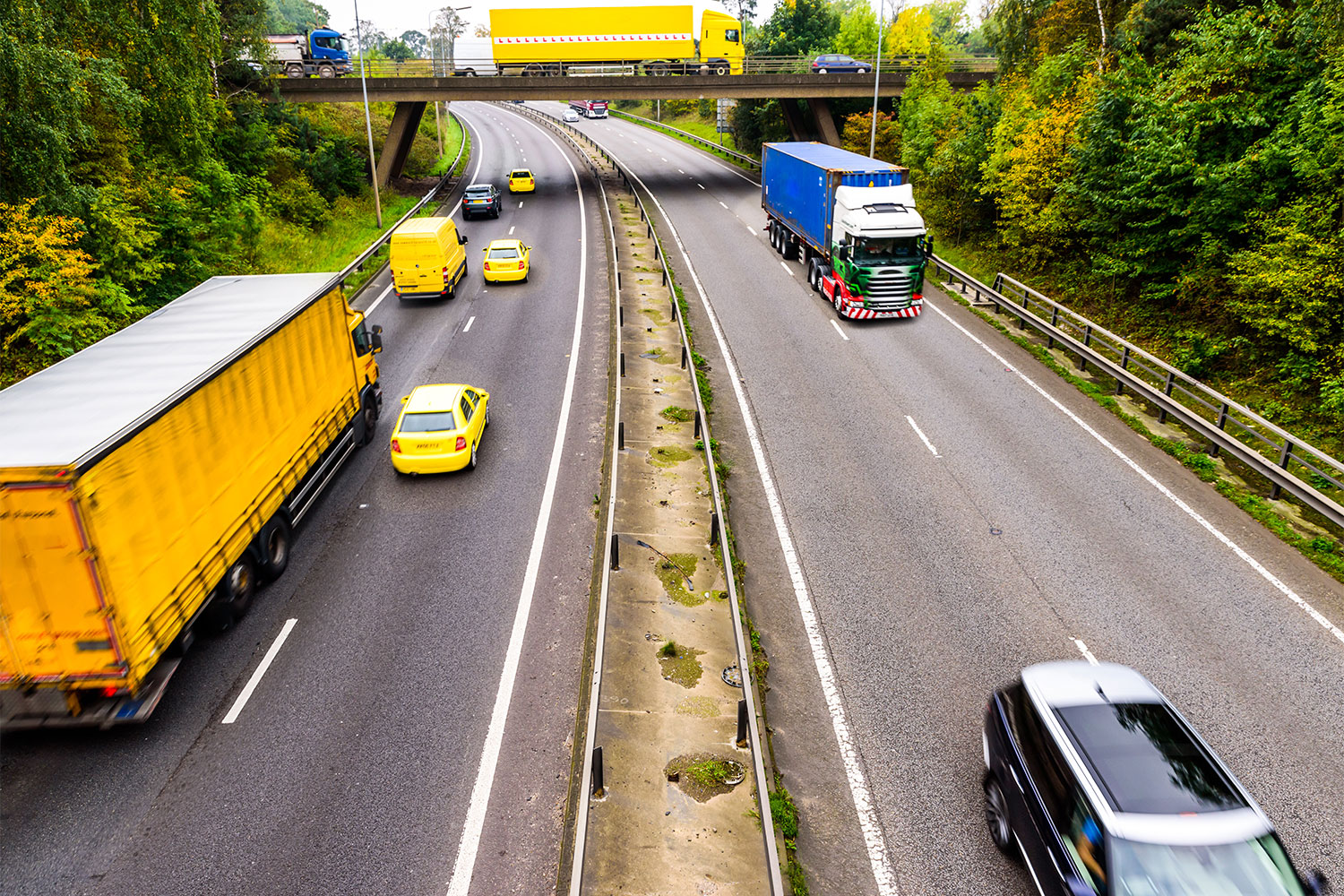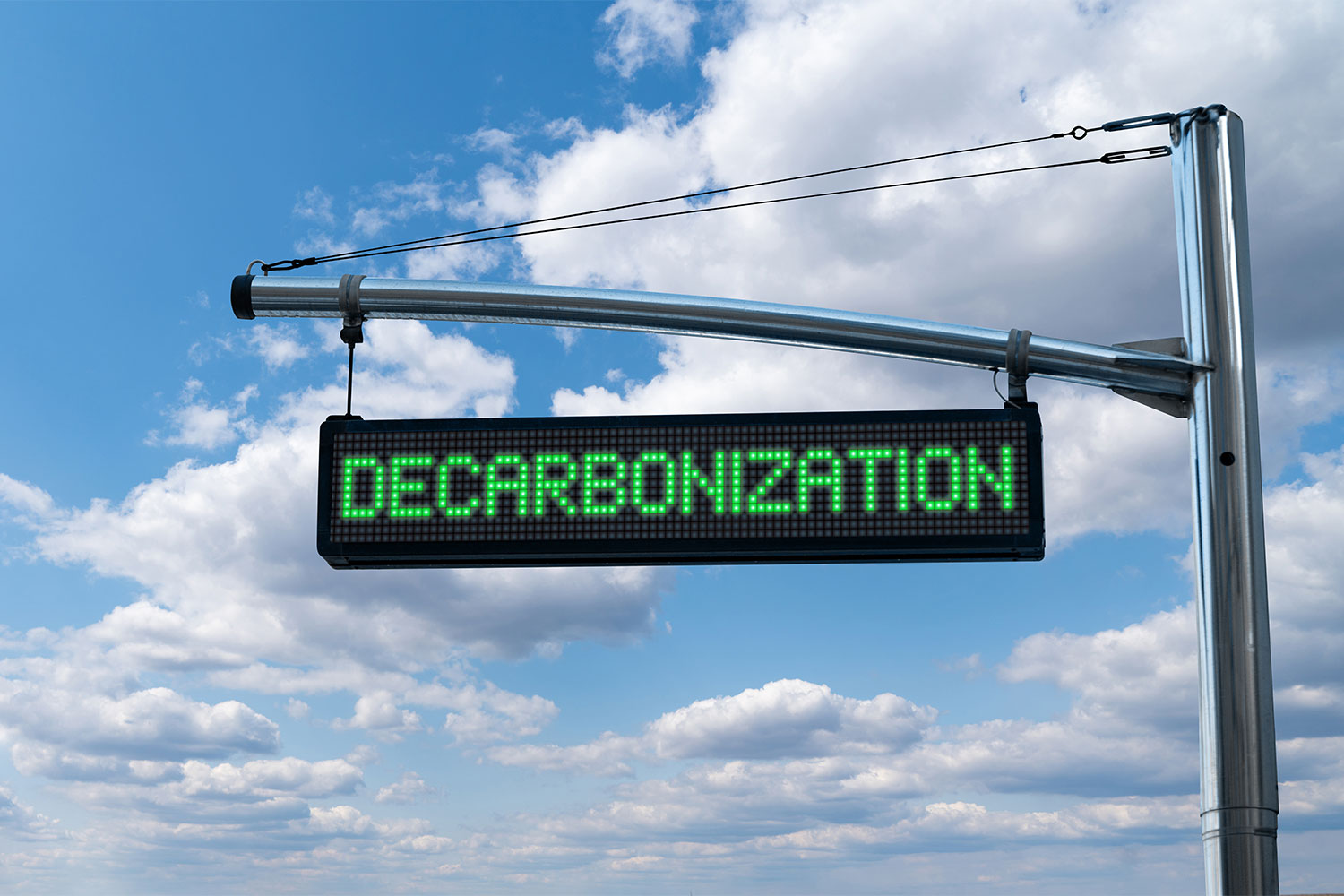As of August 29, 2023, Londoners and UK residents encountered a significant change in their daily routines. This change came in the form of an expanded Ultra Low Emission Zone (ULEZ) that encompasses most areas of London, sparking both applause and protest across the city. The ULEZ is not a new concept, but rather a part of a broader movement aimed at curbing air pollution and promoting cleaner, healthier urban environments. In this blog, we delve into the world of ULEZ and Clean Air Zones (CAZ) to understand their impact beyond London.
The ULEZ Controversy
Designed to combat air pollution and enhance the overall health of the capital’s residents, the ULEZ has been at the forefront of discussions and demonstrations in recent times. While the intention behind this initiative is noble, it has been shrouded in controversy since its inception. The central point of contention revolves around the required daily fee of £12.50 for vehicles operating within the ULEZ zone.
The announcement of the ULEZ expansion sparked mixed reactions. While some segments of the population welcomed the move, others expressed concerns over affordability and labeled the plan as a money-grabbing scheme. To address these concerns, a scrappage scheme was introduced, offering monetary incentives of up to £2,000 (or even £11,500 for a minibus) to individuals willing to dispose of their non-compliant vehicles. This initiative aimed to ease the transition to ULEZ standards.
Recent data released by Transport for London revealed that over 90% of vehicles in outer London meet the ULEZ standards. This positive development was praised by Sadiq Khan, the Mayor of London, who highlighted the public’s growing understanding of the health implications of air pollution and their willingness to adapt to change.
The Clean Air Zone Concept
While the ULEZ takes centre stage in London, the concept of Clean Air Zones (CAZ) has been gradually spreading across the UK. The inception of CAZ dates back to 2015, representing a concerted effort by regional governments to enhance air quality within their respective areas. These zones employ various strategies to tackle traffic-related pollution and foster cleaner urban environments.
There are two fundamental types of Clean Air Zones: non-charging and charging. Non-charging CAZ prioritise air quality improvement without imposing fees on vehicles entering the zone. Strategies encompass retrofitting vehicles with pollution controls, optimising traffic flow to reduce emissions, re-routing traffic, and other localised solutions. On the other hand, charging CAZ require vehicles failing to meet prescribed environmental standards to pay a fee upon entry. The fee structure is often based on a vehicle’s Euro emissions standard.
Cities Embracing Clean Air Zones
Numerous UK cities have embraced the Clean Air Zone concept, implementing strategies to improve air quality and reduce pollution. According to information from gov.uk, cities including Bath, Birmingham, Bradford, Bristol, Greater Manchester (currently under review), Portsmouth, Sheffield, and Tyneside (Newcastle and Gateshead) operate Clean Air Zones that could necessitate vehicle fees. Individuals can consult gov.uk to ascertain if their vehicles meet the compliance criteria for these zones.
While cities like Liverpool, Southampton, Derby, Leeds, and Nottingham have explored the possibility of introducing CAZ policies, they have yet to implement them. Several cities also postponed the introduction of CAZ due to the impact of the Covid-19 pandemic on urban mobility and economic activities.
Expanding the ULEZ Model
London might have pioneered the ULEZ policy, but it is not alone in its pursuit of cleaner air. In June 2023, Glasgow introduced its own version known as the ‘Glasgow Lez’ to address alarmingly high levels of harmful air pollution. The Glasgow Lez operates year-round and mandates charges for vehicles that do not meet specific emissions standards or are not exempt from the scheme. Penalties for non-compliant vehicles entering the Glasgow Lez are typically set at £60, reduced to £30 if paid early.
Furthermore, the concept of a ‘London-style’ ULEZ has surfaced in other cities, with Brighton being one of the contenders. Brighton’s Deputy Council Leader, Hannah Allbrooke, articulated the potential implementation of a charging zone similar to London’s ULEZ. This approach envisions charging upon entry to a designated zone, aligning with the city’s aspirations for a more livable environment.
In conclusion, the journey toward cleaner air and healthier urban living is far-reaching and multifaceted. The ULEZ expansion in London, alongside the proliferation of Clean Air Zones across the UK, signals a collective commitment to tackling air pollution. While controversies and challenges persist, these initiatives reflect a shared understanding of the significance of clean air for the well-being of present and future generations. As cities continue to explore and adapt these policies, the hope for a clearer and fresher urban atmosphere remains a driving force for change.





